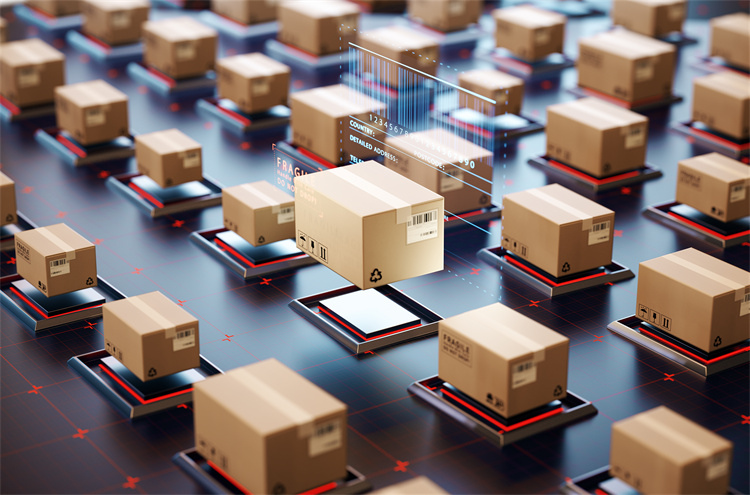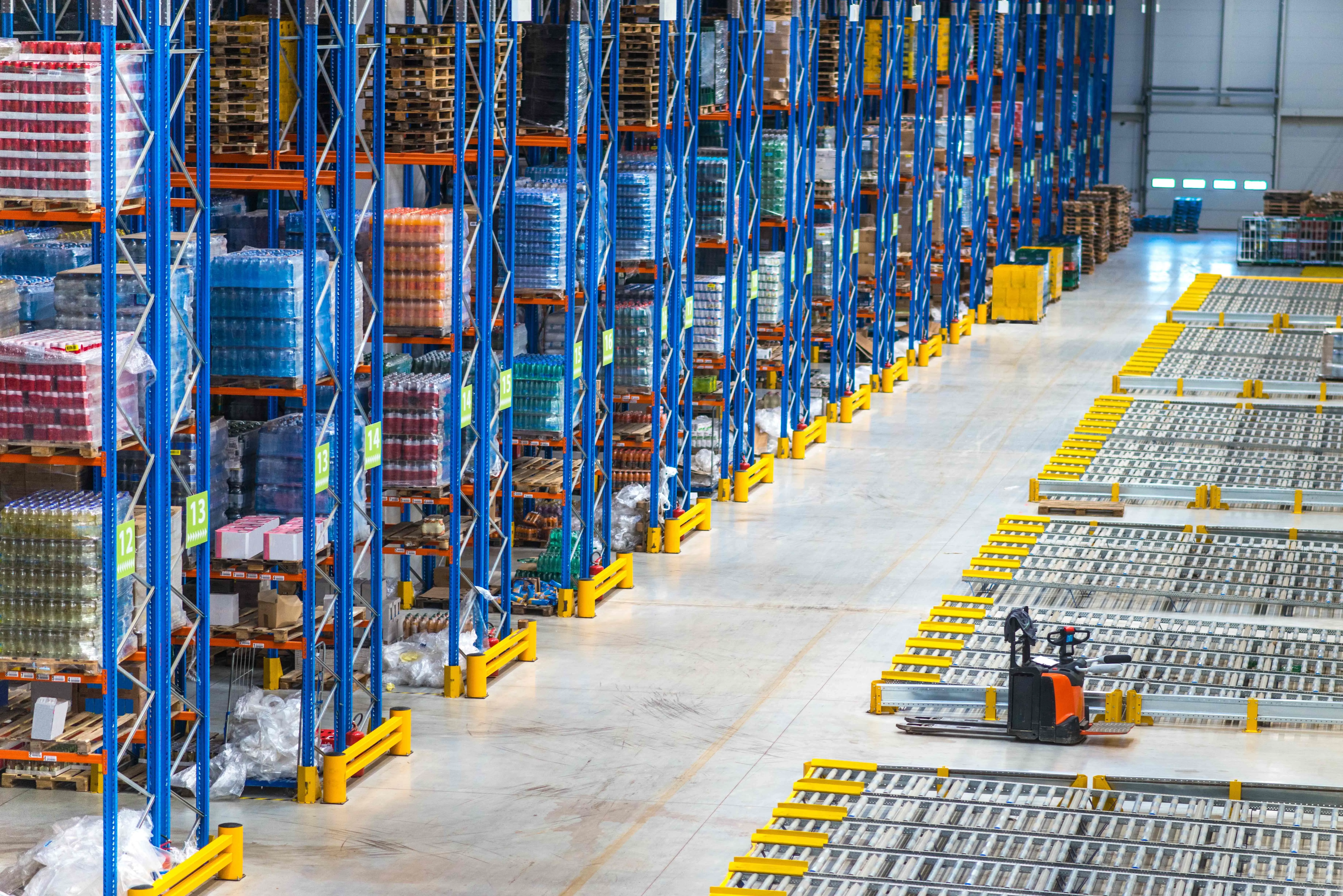The impact of an increase in tariffs on imported goods prices

An increase in tariffs makes imported goods more expensive. For instance, washing machine prices went up by almost 12%. This added $1.5 billion to what shoppers had to pay. Electronics like laptops and phones might cost 46% and 26% more. This shows how tariffs make daily items costlier.
Key Takeaways
Tariffs make imported goods cost more, like electronics and appliances.
Knowing about tariffs helps buyers choose wisely. Higher costs may make people buy cheaper options, like store brands.
Companies use tools like JUSDA and JusTrade to handle supply chain problems from tariffs. This helps them stay competitive and work well.
Understanding the Impact of Tariffs on Imported Goods
What Are Tariffs and How Do They Work?
Tariffs are taxes on goods crossing country borders. They can apply to items coming in, going out, or both. The main purpose of tariffs is to make imported goods cost more. This encourages people to buy items made in their own country.
There are several types of tariffs, each with a unique goal. For example:
Type of Tariff | Description |
|---|---|
Protective Tariff | Protects local businesses by making imports more expensive. |
Fixed Tariff | Adds a set fee per item, no matter the price. |
Variable Tariff | Changes based on the price of the imported item. |
Tariffs have shaped economies throughout history. During the Great Depression, the Smoot-Hawley Tariff Act raised import taxes, worsening global trade. More recently, the U.S.–China Trade War showed how tariffs can disrupt trade and supply chains worldwide.
The Role of Tariffs in Global Trade
Tariffs change how goods move between countries. Governments use them to protect local businesses from foreign competition. For instance, a country might tax imported cars to encourage buying locally made ones.
But tariffs can cause problems too. If one country adds tariffs, others might respond with their own. This can lead to a trade war, making goods more expensive and supply chains harder to manage. The U.S.–China Trade War is an example, where both nations taxed each other's goods, raising prices and causing trade issues.
Studies show tariffs often pass costs to buyers instead of exporters. This shows how tariffs affect global trade and increase prices for consumers.
Why an Increase in Tariffs Raises Prices for Consumers
When tariffs go up, importing goods costs more. Importers usually pass these costs to buyers, raising prices. For example, U.S. tariffs in 2018 caused a 1% rise in manufacturing prices. Industries like electronics and machinery, which rely on imports, saw even bigger price jumps.
Research shows tariffs often pass nearly all costs to buyers. This means shoppers pay more. Tariff hikes also create uncertainty, disrupting supply chains and raising prices further. The IMF says a 10% rise in U.S. tariffs, along with retaliation, could lower U.S. GDP by 1% and global GDP by 0.5% by 2026.
Tariffs affect more than just prices. For example:
By 2024, the U.S. collected over $264 billion from trade war tariffs.
But these tariffs also cut U.S. GDP by 0.8%, with retaliation adding another 0.2% drop.
These examples show how tariffs raise prices and hurt economies and trade relationships.
Direct Effects of an Increase in Tariffs

How Tariffs Raise Costs for Importers
When tariffs go up, importing goods becomes pricier. Importers must pay extra taxes, which affects their profits. For example, a 3% tariff on corn adds 3% to its cost. Importers either take the loss or charge customers more.
Industries like car-making and clothing feel this the most. Tariffs make raw materials and finished goods cost more. Over time, this lowers profits and makes competing harder. Many businesses raise prices, which means higher costs for shoppers.
How Tariffs Affect Consumer Prices
Tariffs don’t just impact importers; they affect everyone. When importers raise prices, shoppers pay more for goods. This hidden tax makes items like food and electronics costlier.
Tariffs aim to help local industries but can backfire. Families with less money feel the effects the most. They spend more of their income on pricier goods. Industries like electronics and clothing, which rely on imports, face big challenges. Stores must decide to absorb costs or pass them to you.
Many shoppers now change how they buy things. Some shop at warehouse stores or buy store-brand items. These stores often offer better deals and handle price hikes better. Still, rising costs hurt the economy and change how people spend.
Real-Life Examples of Tariff Price Hikes
Real-life examples show how tariffs raise prices. During the U.S.–China Trade War, washing machine prices rose by 12%. Shoppers paid $1.5 billion more. Electronics like laptops and phones saw price jumps of 46% and 26%.
Farming was also affected. A 3% tariff on corn raised its cost and prices of corn-based goods. This included animal feed and processed foods. Grocery store prices went up too.
These examples show how tariffs affect everyone. They don’t just hurt businesses; they change your daily life. Knowing this helps you make smarter choices as a shopper.
Broader Implications of Tariffs on the Economy
Effects on Supply Chains and Business Operations
Tariffs mess up supply chains and make business harder. When tariffs go up, making products costs more. Companies must change plans to handle these costs. For example, U.S. taxes on steel and aluminum in 2018 made cars and buildings cost more. Businesses had to find new suppliers or make new deals. This caused delays and wasted time.
Companies also change supply chains to avoid taxed goods. They might move factories to other countries or use new shipping routes. These changes take time and money, slowing things down. Higher tariffs make it tough for businesses to stay profitable and meet customer needs.
How tariffs affect supply chains:
Costs to make products go up.
Companies need new suppliers.
Delays in making and delivering goods.
Shifts in Consumer Behavior and Market Dynamics
Tariffs change how people shop and spend money. When prices rise, people buy cheaper items or cut back on extras. Families with less money feel this the most. They spend more on basic needs and less on fun stuff.
Businesses also change to match what shoppers want. Stores may sell more store-brand items or cheaper options. This can change whole industries. Some businesses do well, but others struggle to keep up.
A Goldman Sachs report says tariffs may save some jobs but cost others. It predicts 400,000 fewer jobs in the U.S., showing how tariffs hurt workers and the economy.
The Role of JUSDA in Mitigating Supply Chain Challenges
Fixing supply chain problems from tariffs takes skill. JUSDA helps businesses deal with these issues. Its Supply Chain Management Collaboration Platform uses smart tools like AI and blockchain. These tools help track shipments, predict demand, and clear customs faster.
JUSDA’s JusTrade service makes customs easier and cuts delays. It connects with business systems to share data and solve problems. With JUSDA, companies can save money, work faster, and stay competitive in global trade.
Case Studies: How Tariffs Affect Real-Life Situations
The U.S.-China Trade War and Its Impact on Everyday Goods
The U.S.-China trade war shows how tariffs raise prices. In 2018, the U.S. added a 25% tariff on $50 billion of Chinese goods. Another 10% tariff was placed on $200 billion more. These tariffs aimed to help local industries but caused problems. Research found U.S. importers paid most of these costs. They passed these costs to shoppers, making items like washing machines pricier. This hurt family budgets directly.
You probably noticed higher prices for electronics and daily items then. Studies proved that tariffs fully increased costs for buyers. This shows how tariffs can upset markets and strain family spending.
Tariffs on European Cars: A Deeper Dive
Tariffs on European cars have also caused global problems. A planned 25% tariff on U.S. imports of European cars could lower car production in Europe. Germany and Italy, big car exporters, might lose 5.3% and 4.7% of their GVA.
The effects go beyond Europe. U.S. car exports could drop by 3.1% due to retaliation. German and Italian exports might fall by 7.1% and 6.6%. Spain and France could see smaller drops of 2.4% and 2.3%. These numbers show how one industry’s tariffs can harm trade and slow economies worldwide.
JusTrade: Making Customs Easier During Tariff Changes
Higher tariffs make customs harder to handle. JusTrade, part of JUSDA, helps businesses manage this. Its smart SAAS platform uses AI and big data to speed up customs work. It connects with your systems to follow rules and avoid delays.
For example, JusTrade offers tools like product categorization and bonded zone express services. These features help businesses adjust to tariff changes without slowing down. JusTrade helps cut costs and stay efficient, even when trade gets tough.
Tip: Using JusTrade’s smart tools can keep your business strong during tariff changes.

JUSDA Solutions
To provide you with professional solutions and quotations.
Tariffs are important in global trade. They make imported goods cost more, which changes how you spend and how businesses work. Tariffs help local industries but also cause supply chain problems. Tools like JUSDA and JusTrade can help handle these issues. Learning about tariffs helps you succeed in today’s shifting market.
See Also
Exploring How Global Trade Policies Shape Economic Landscapes
Understanding Inflation: Strategies for Managing Supply Chain Issues
Analyzing Trends in Logistics Risks and Their Impacts
